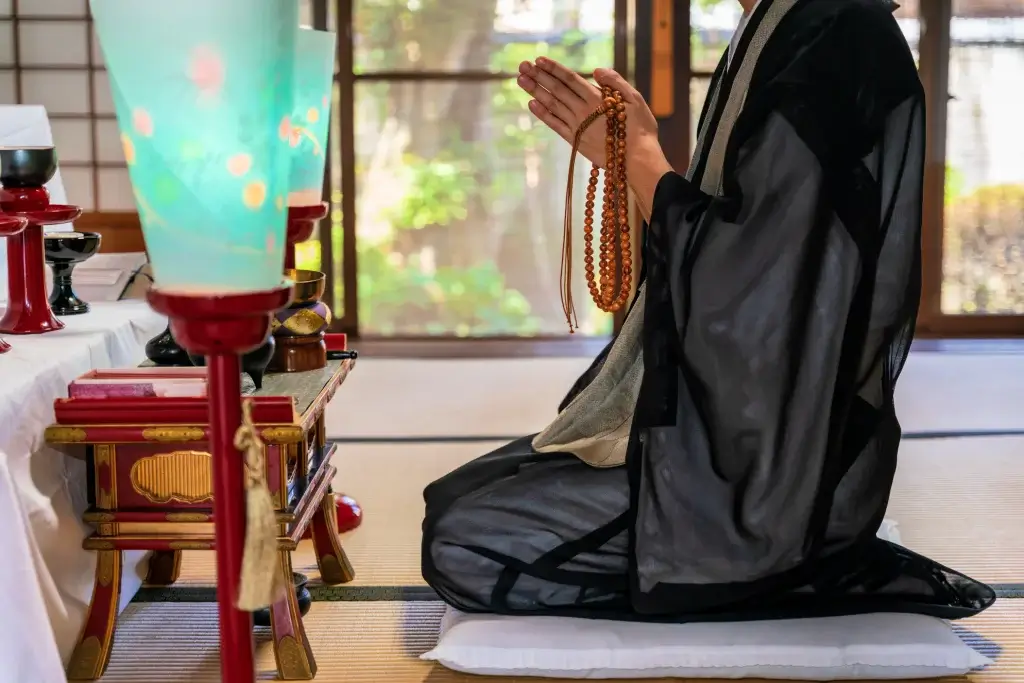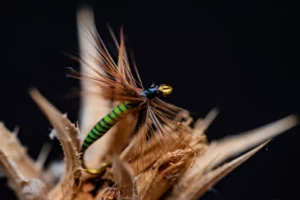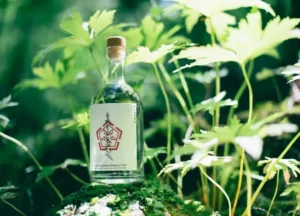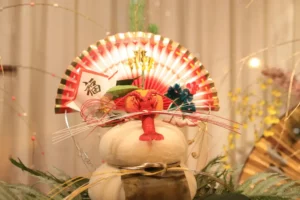Japan has diverse religious customs for honoring deceased loved ones. One such practice, Higan, rooted in Buddhist beliefs, is observed twice a year during the spring and fall equinoxes. Beyond honoring the departed, Higan is a time for personal reflection. Today, we’ll discuss the significance of Higan, the activities that people engaged with during this period, and the notable symbols associated with it.
Table of Contents
ToggleHow did Buddhism arrive in Japan?
Buddhism arrived in Japan from Korea and China in the 6th century. According to historical accounts in the Nihon Shoki (The Chronicles of Japan), it was first introduced into Japan at the Yamato Court and officially recognized as a religion either in 552 or 538 CE. While nobles took up Buddhism, it was slow to spread to commoners.
The Nihon Shoki notes that after receiving the Buddhist gifts, Emperor Kinmei asked his officials if the Buddha should be worshipped in Japan. However, his officials were divided on the issue as they believed the Kami (Gods) would be angry, particularly as some concepts conflicted with Shintoism. So Kinemi asked the Soga Clan to “test out” worshipping the Buddha to see how it may affect his people and land.
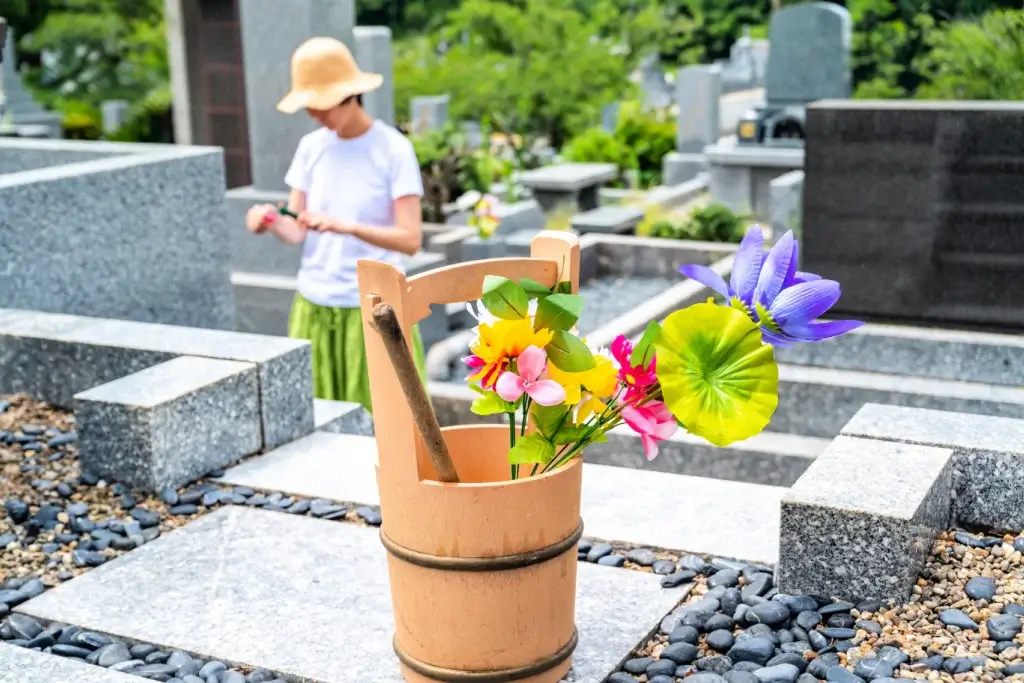
Thanks to the clan’s support, Buddhism started to spread. However, the religion still faced opposition from certain groups of people. The main person credited with bringing Buddhism to the forefront of Japanese spirituality is Prince Shotoku (574-622 CE). Shotoku drew up an ethical code in 604 CE called the Seventeen Article Constitution to justify government centralization and emphasized Buddhist and Confucian principles.
This ethical code significantly influenced the construction of temples and other architectural structures in Japan, shaping religious and cultural landscapes throughout the country. Additionally, it impacted later emperors who leveraged Buddhism as a political tool to consolidate power.
Are you looking for great snacks this season? Check out Sakuraco! Sakuraco delivers traditional Japanese snacks, teas, and sweets from local Japanese makers directly to your door so you can enjoy the latest treats directly from Japan!
What is Higan?
Higan is a Buddhist term in Japan that refers to a period of spiritual reflection and practice observed twice a year during the spring and autumn equinoxes. The word “Higan” literally means “the other shore,” symbolizing the crossing from the “shore of suffering” (this worldly existence) to the “shore of enlightenment” (nirvana).

This period is conceptually similar to the Obon holiday in Japan. However, it is celebrated at different times. Additionally, while the general population celebrates Obon, more devout Buddhists practice Higan.
The equinoxes are characterized by the time of day and night being of equal length. The dates of Higan vary each year. This year, the first higan period was from March 17th to March 23rd. The second Higan period is from September 19th to September 25th. During these days, the sun rises from the “true east” and sets in the “true west”. In Buddhism, the True West is believed to be in the direction where Amitabha’s Pure Land is.
What do people do during Higan?
Higan is an important Buddhist holiday focusing on remembering ancestors and developing good qualities. During this time, people visit and clean their family graves, bring flowers, incense, and food for their loved ones who have passed away, and pray for their spirits. These activities help honor the memories of those who have died, encourage people to think about their lives, and promote kindness and compassion.

It’s also a time to think about six essential virtues from Mahāyāna Buddhism, each with a special Japanese name. Fuse means being generous and giving without expecting anything in return. Jikai stands for morality, which is about following good rules and behaving well in society.
Ninniku represents patience, encouraging people to endure tough times without complaining. Shojin means diligence, which is about staying dedicated and working hard over a long time rather than just for a short while. Zenjo is the practice of meditation, helping people calm their minds and develop other virtues. Finally, chie means wisdom, about seeing things as they are without letting personal feelings get in the way.
Are there any notable higan symbols?
Red spider lily
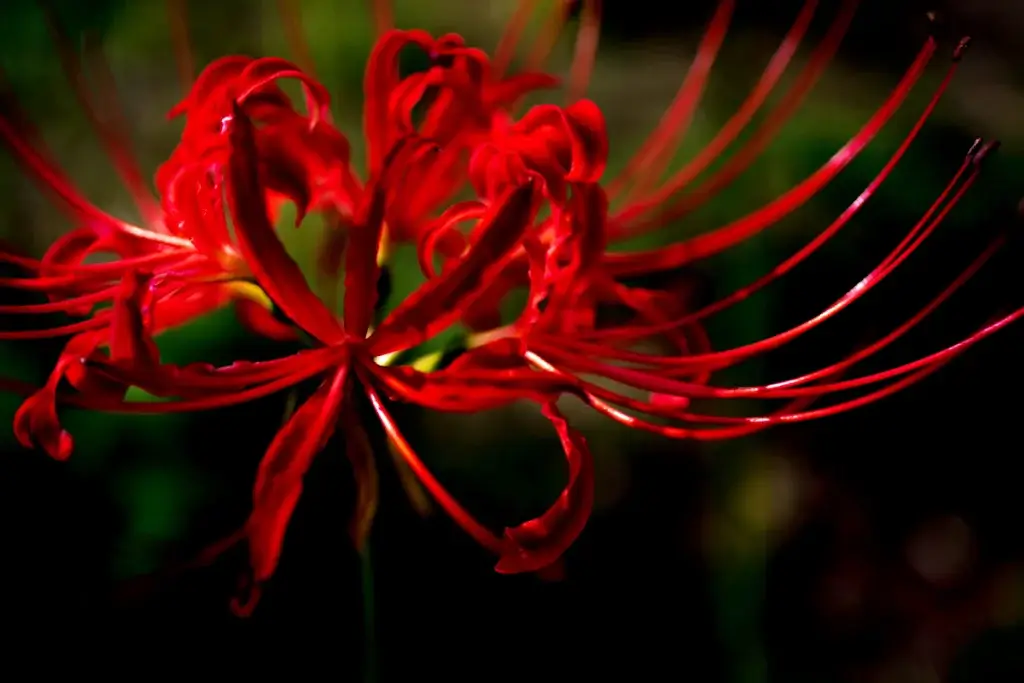
The appearance of red spider lilies signals the arrival of fall in Japan. These striking flowers commonly bloom near rice fields and along roadsides. Although they are beautiful individually, they are best enjoyed in large meadows outside major cities.
Ohagi

During Higan, people commonly made and offered ohagi to their ancestors. Ohagi is a rice dumpling made from glutinous and red bean paste. It’s usually the size of a tiny fist and are placed on the alters of their loved ones as offerings. Typically, ohagi is made at home, but nowadays, you can easily find it in most supermarkets.
Why is Higan important in Japan?
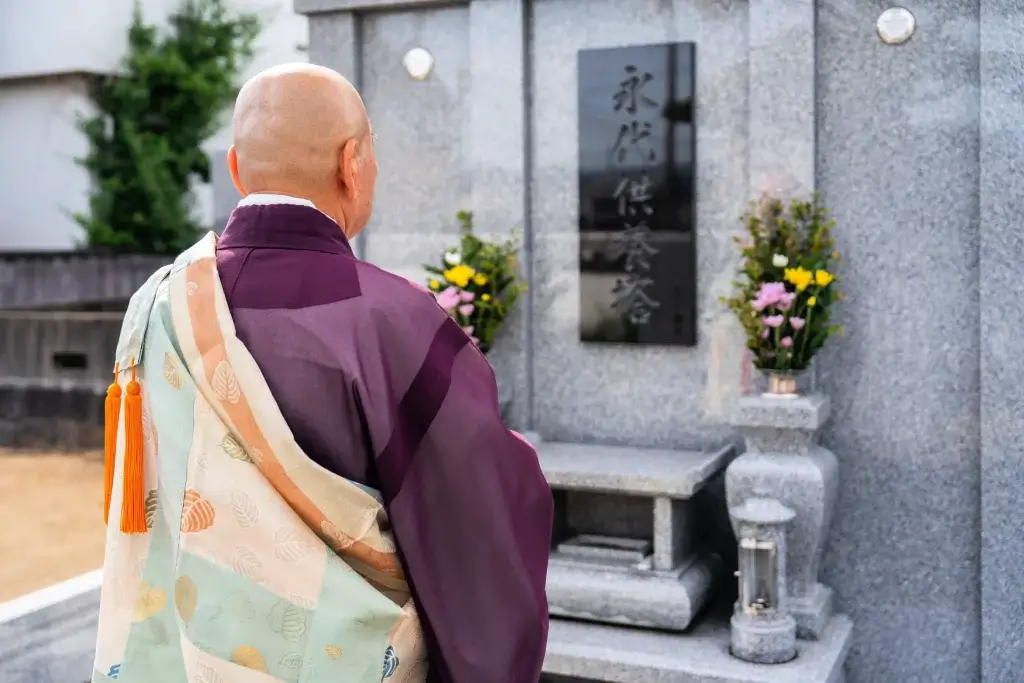
Higan is essential in Japan as it intertwines Buddhist spirituality with cultural practices. Celebrated during the equinoxes, Higan serves as a time for honoring ancestors, personal reflection, and spiritual growth. It reinforces core Buddhist virtues such as generosity, patience, and mindfulness. Observing Higan, people engage in rituals, bridging the gap between daily life and spiritual enlightenment. These celebrations highlight the enduring influence of Buddhism on Japanese traditions and values. Does your country have a religious Buddhist holiday similar to Higan? Let us know in the comments below!


